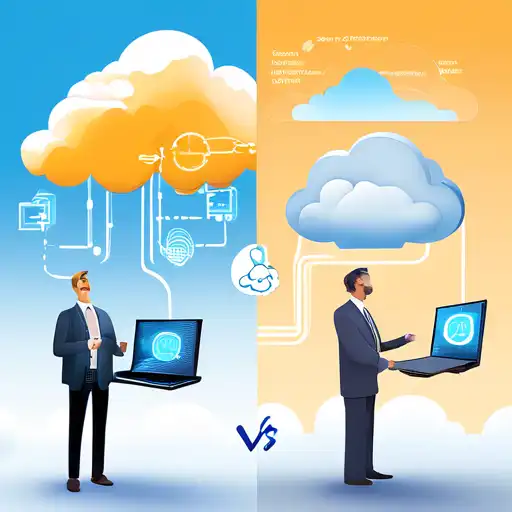Introduction to Edge and Cloud Computing
In the rapidly evolving world of technology, understanding the differences between edge computing and cloud computing is crucial for businesses and individuals alike. Both technologies play pivotal roles in data processing and storage, but they serve distinct purposes and offer unique advantages.
What is Cloud Computing?
Cloud computing refers to the delivery of computing services—including servers, storage, databases, networking, software, analytics, and intelligence—over the Internet ("the cloud") to offer faster innovation, flexible resources, and economies of scale. Users typically pay only for the cloud services they use, helping lower operating costs, run infrastructure more efficiently, and scale as their business needs change.
What is Edge Computing?
Edge computing, on the other hand, is a distributed computing paradigm that brings computation and data storage closer to the location where it is needed, to improve response times and save bandwidth. The goal of edge computing is to process data near the edge of your network, where the data is being generated, instead of in a centralized data-processing warehouse.
Key Differences Between Edge and Cloud Computing
While both edge and cloud computing are used to store and process data, there are several key differences between the two:
- Location of Data Processing: Cloud computing processes data in centralized data centers, whereas edge computing processes data locally, on the device or at the edge of the network.
- Latency: Edge computing significantly reduces latency because data doesn’t have to travel to a distant data center for processing.
- Bandwidth Usage: By processing data locally, edge computing reduces the amount of data that needs to be sent to the cloud, thereby saving bandwidth.
- Security: Edge computing can offer enhanced security for sensitive data by keeping it closer to its source and reducing exposure to potential threats during transmission.
Choosing Between Edge and Cloud Computing
The choice between edge and cloud computing depends on the specific needs of a business or application. Cloud computing is ideal for applications that require vast amounts of data storage and processing power, while edge computing is better suited for applications that require real-time processing and low latency.
Conclusion
Both edge computing and cloud computing have their place in the modern digital landscape. By understanding the key differences between these two technologies, businesses can make informed decisions about which to use based on their specific needs and goals. As technology continues to evolve, the lines between edge and cloud computing may blur, but their distinct advantages will ensure they remain integral to our digital future.
